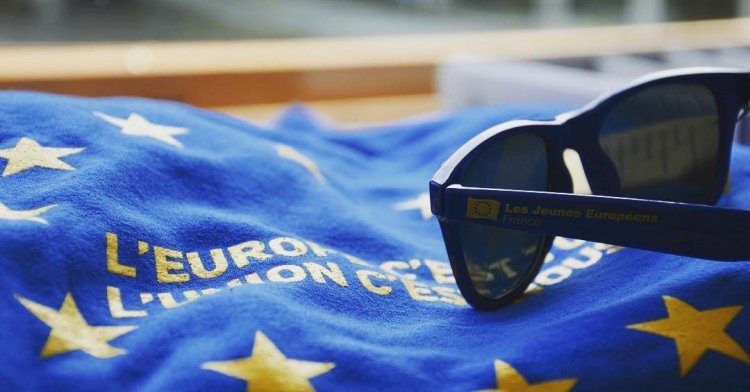As part of its ratification process, Ireland held a referendum as stated in a ruling by the Supreme Court of Ireland in 1987. The outcome of this referendum held earlier on the 12 of June of this year was a bold no. As it is stated in the EU rules, even if only one of the member states fails to ratify the treaty, it cannot come into force.
There are different scenarios that are being depicted for the European Union’s future, now that the Irish vote was a ‘no’, just like it was for the European Constitution in 2005.
Some are saying that there should be a second referendum, as there had been for the Treaty of Nice in 2001. However, diverse polls are saying that this would only result in a bigger defeat than the previous one. Others are suggesting that the Irish should be offered opt-outs, like the European Union had done way back in 1992 with Denmark. The Irish Fine Gael MEP Colm Burke (EPP) also highlighted this alternative.
Indeed, this option is gaining ground by time. The idea of opt-outs proves that the Lisbon Treaty differs from a constitutional treaty and that it is trying to enhance a sense of democracy throughout the European Union’s institutions. According to Daniel Korski and David Rijks, this problematic situation arose because the Irish were not able to provide a clear route forward on the Lisbon Treaty. On the other hand, those who have quite a euro sceptic view are of the idea that the European Union is simply kicking things in the long grass. Furthermore, they are consolidating this idea as there is a general impression that things are at a standstill at the moment.
there is a general impression that things are at a standstill at the moment
The Lisbon Treaty has already been ratified in 23 countries out of 27 member states. The rest of the countries seem to find it quite useless to continue with the ratification process. Indeed, the Czechs have suspended the ratification process. In addition, the Polish President, Lech Kaczynski described the ratification process as ‘pointless’, as the Lisbon Treaty has already been rejected by the Irish. There seem to be diverse divisions on the ‘what’s next’ position.
The EU Foreign Ministers of the European Union are of the same mind. They agreed that the Treaty should not be done with and that Ireland should not be left behind either. Michael Martin, the Foreign Minister for Ireland, affirmed that there are ‘no quick-fix solutions’ and that a deep analysis of the Irish vote should be carried out. The President of the European Commission, Jose Manuel Barroso, emphasised that the ratification process should not be put at a halt. This position is being supported by France and Germany too. The Czech President, Vaclav Klaus, interpreted the Irish vote as a sign of liberty and democracy, a vote with has brought to an end a bureaucratic and elitist plan.
In spite of all this, what seems to be most worrying is that we may have to deal with a weaker European Union in the nearby future
In spite of all this, what seems to be most worrying is that we may have to deal with a weaker European Union in the nearby future. Doubtlessly, this is a stand that the European Union cannot afford to take.
On the contrary, it should strive to enhance its position especially on an international level, so as to be one of the key players when facing global issues such as the crisis in Georgia and the present worldwide financial situation.

Follow the comments: |
|
